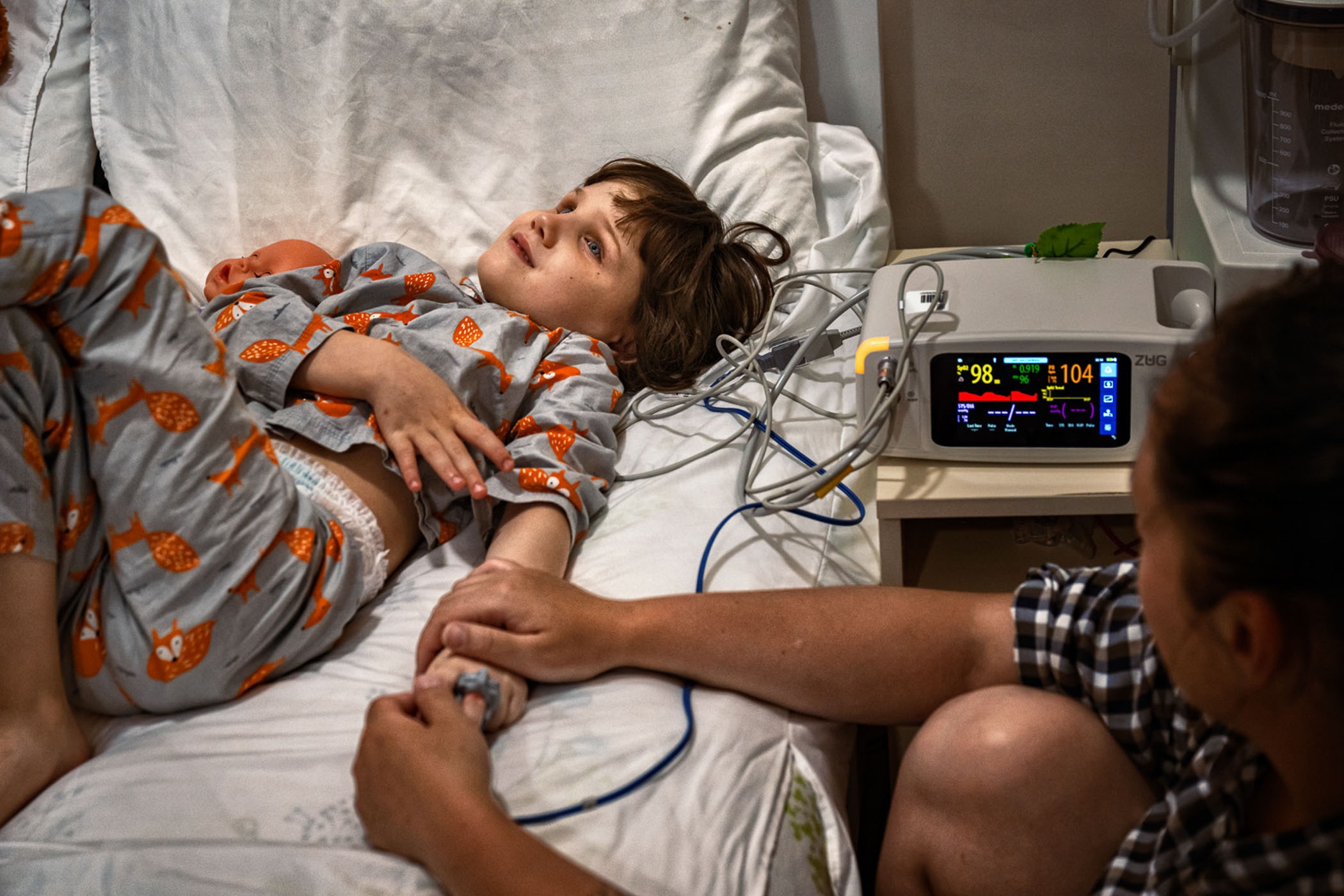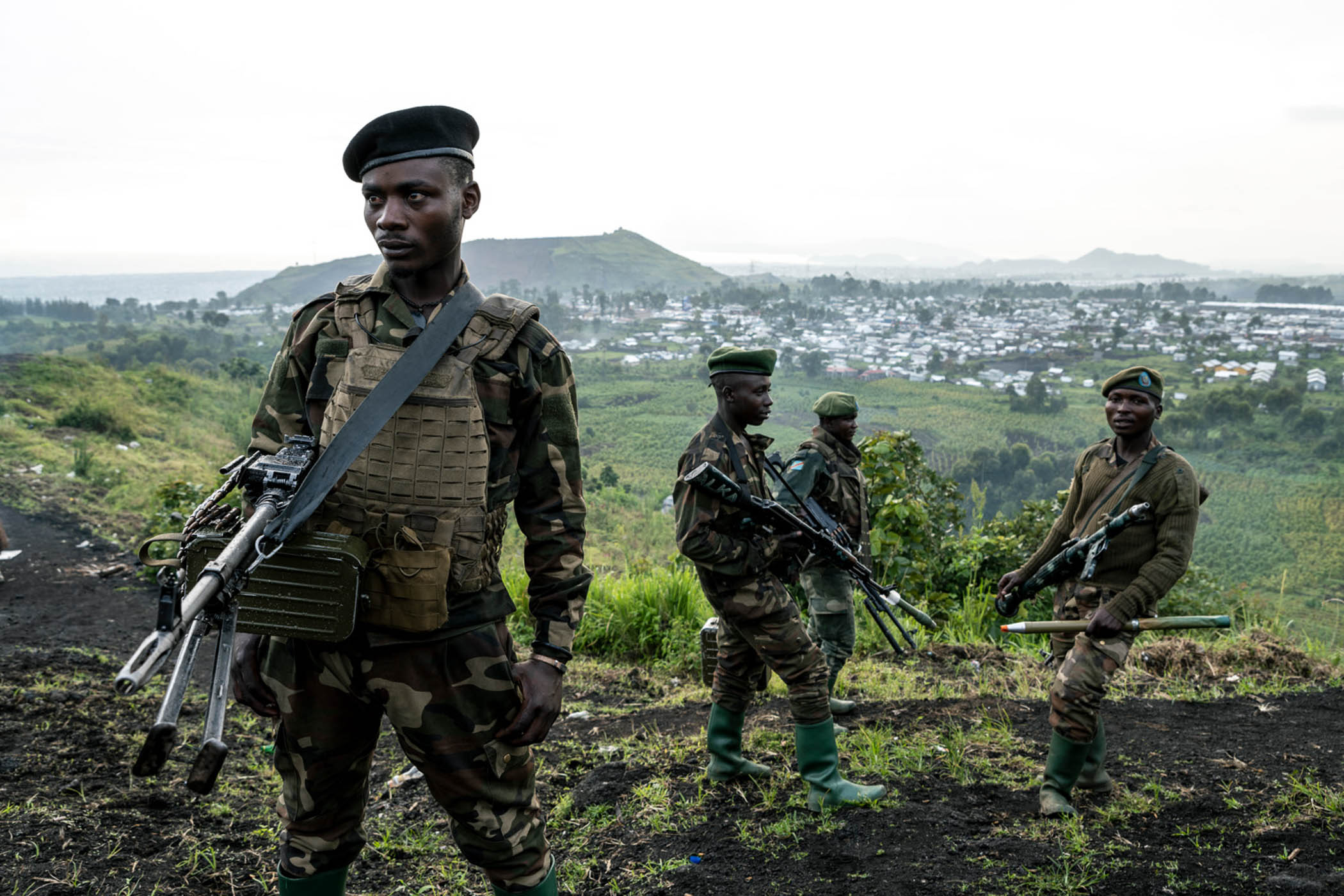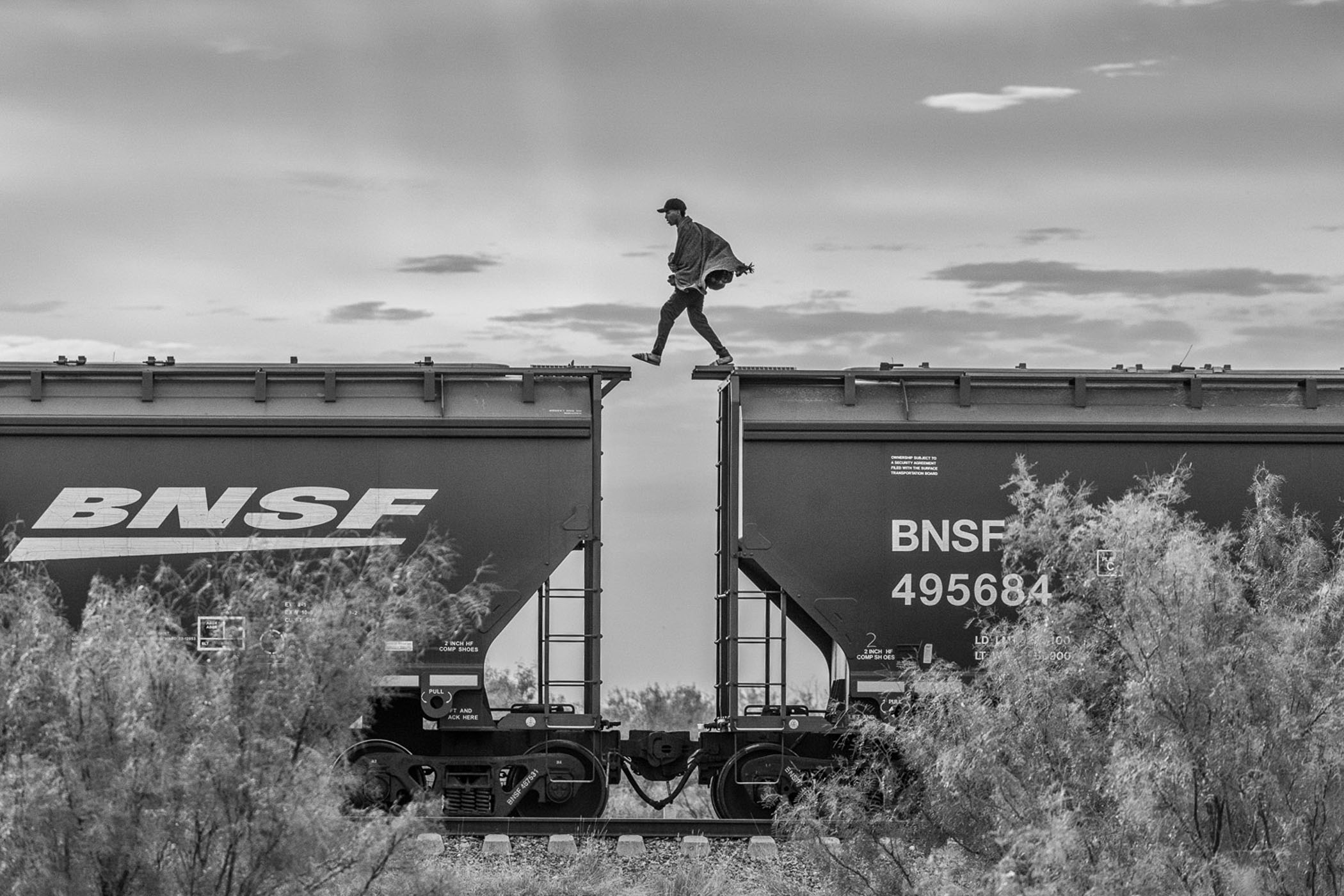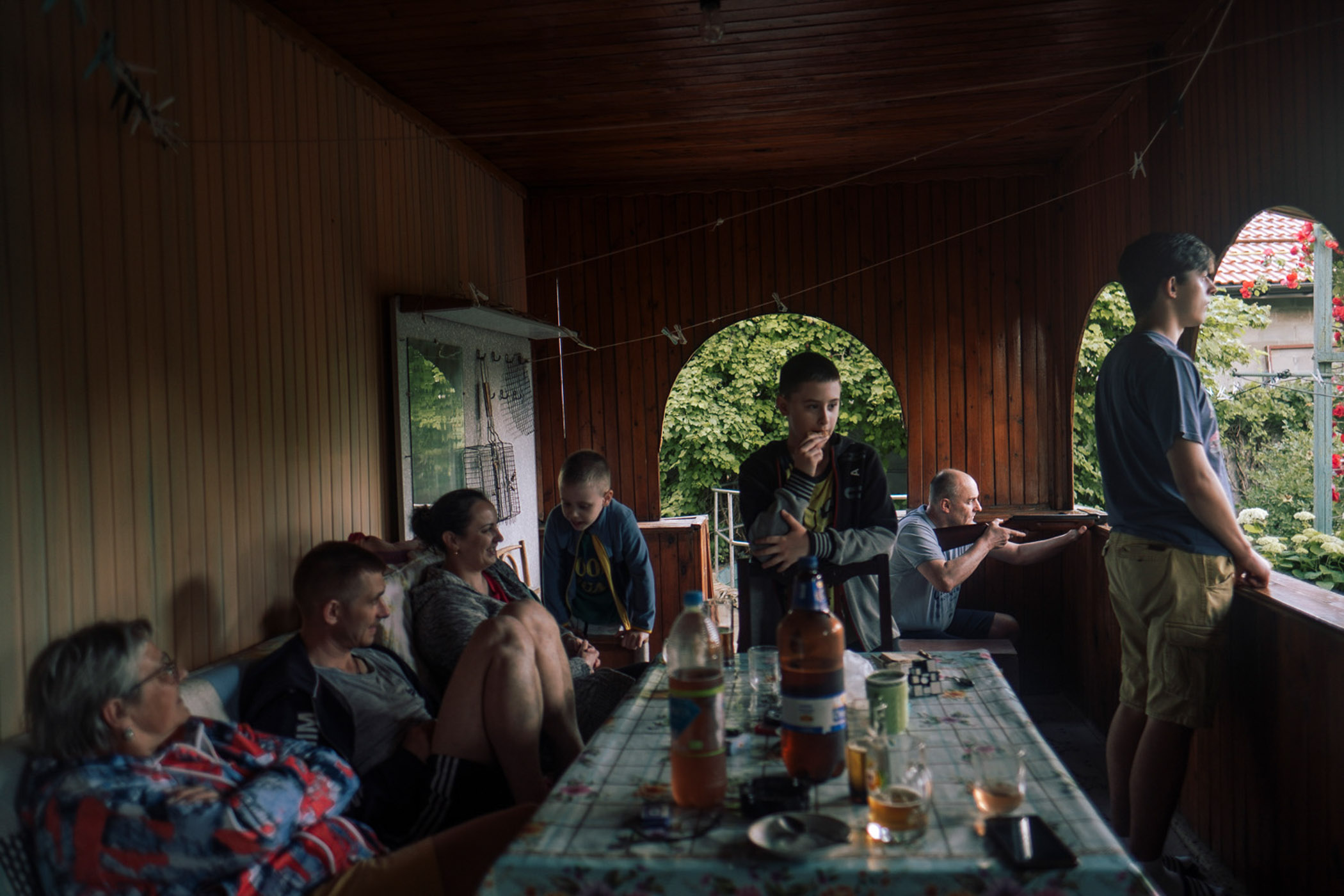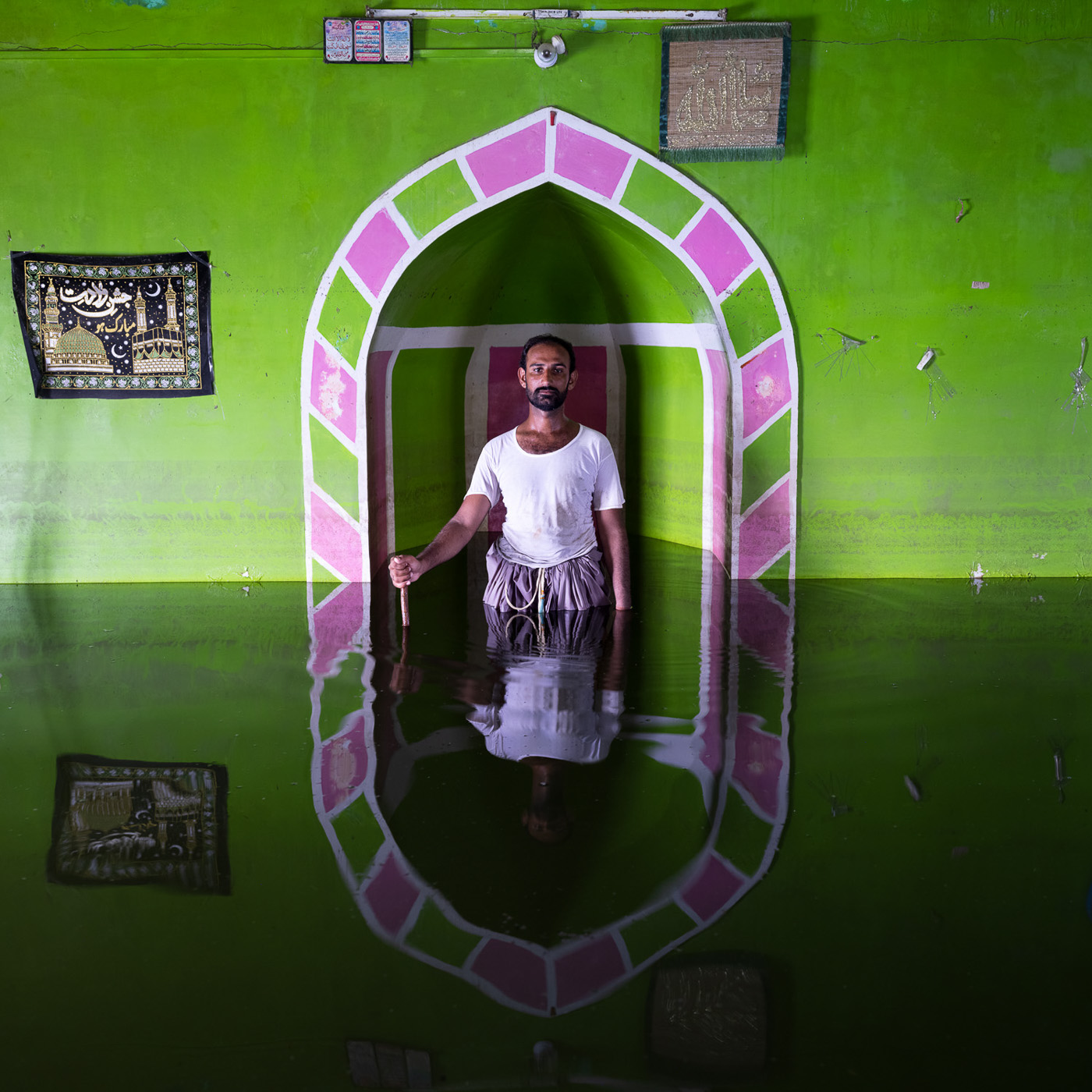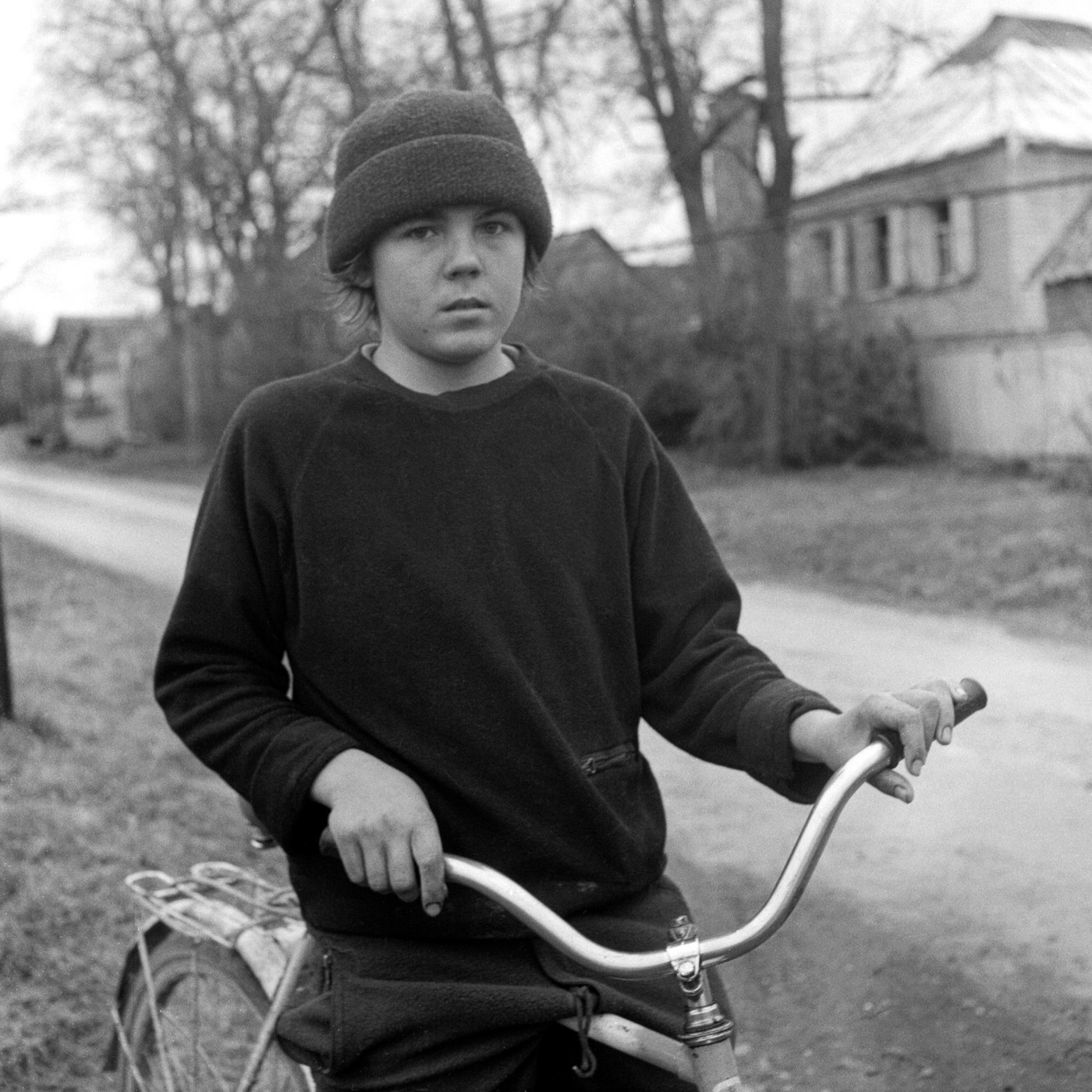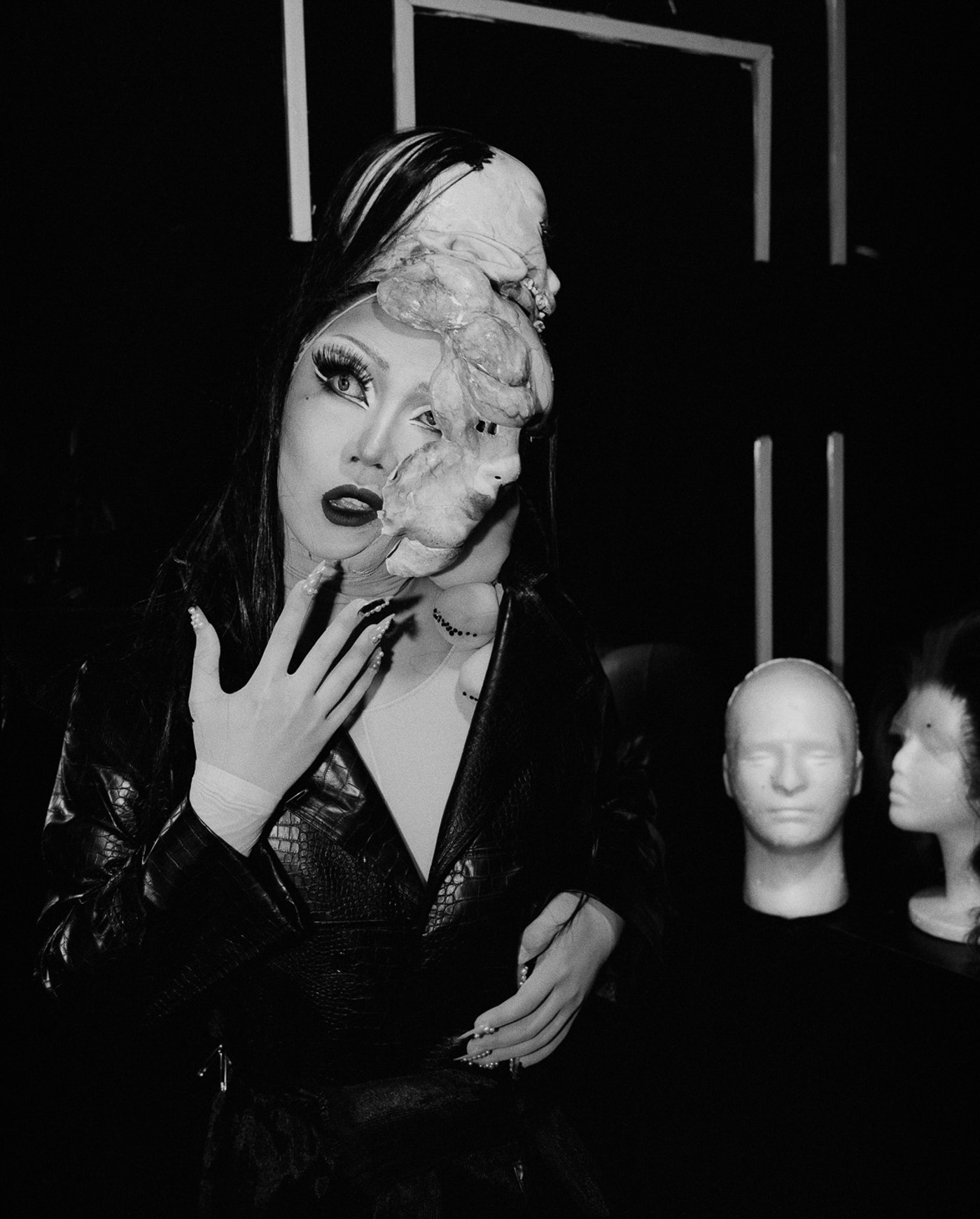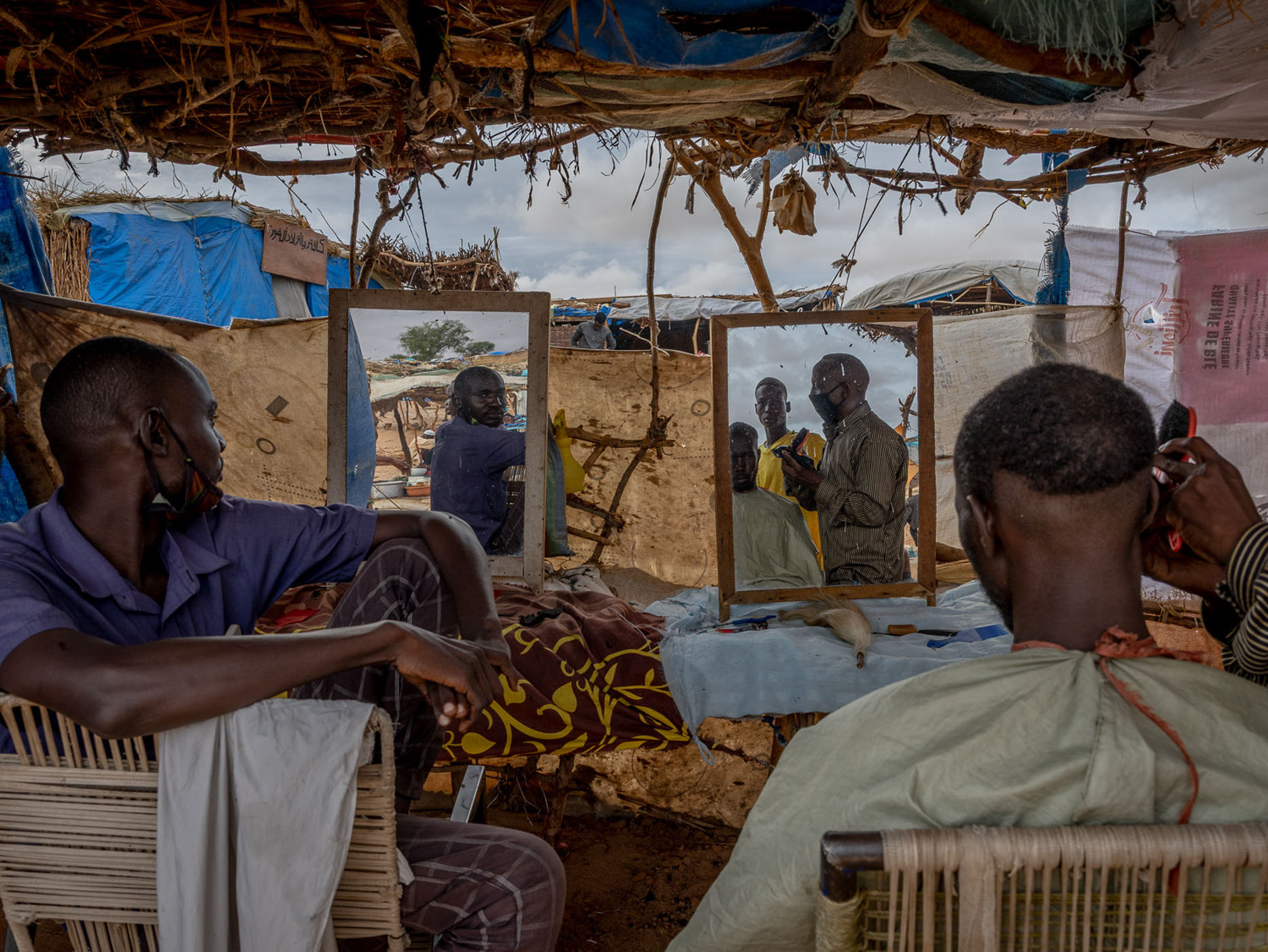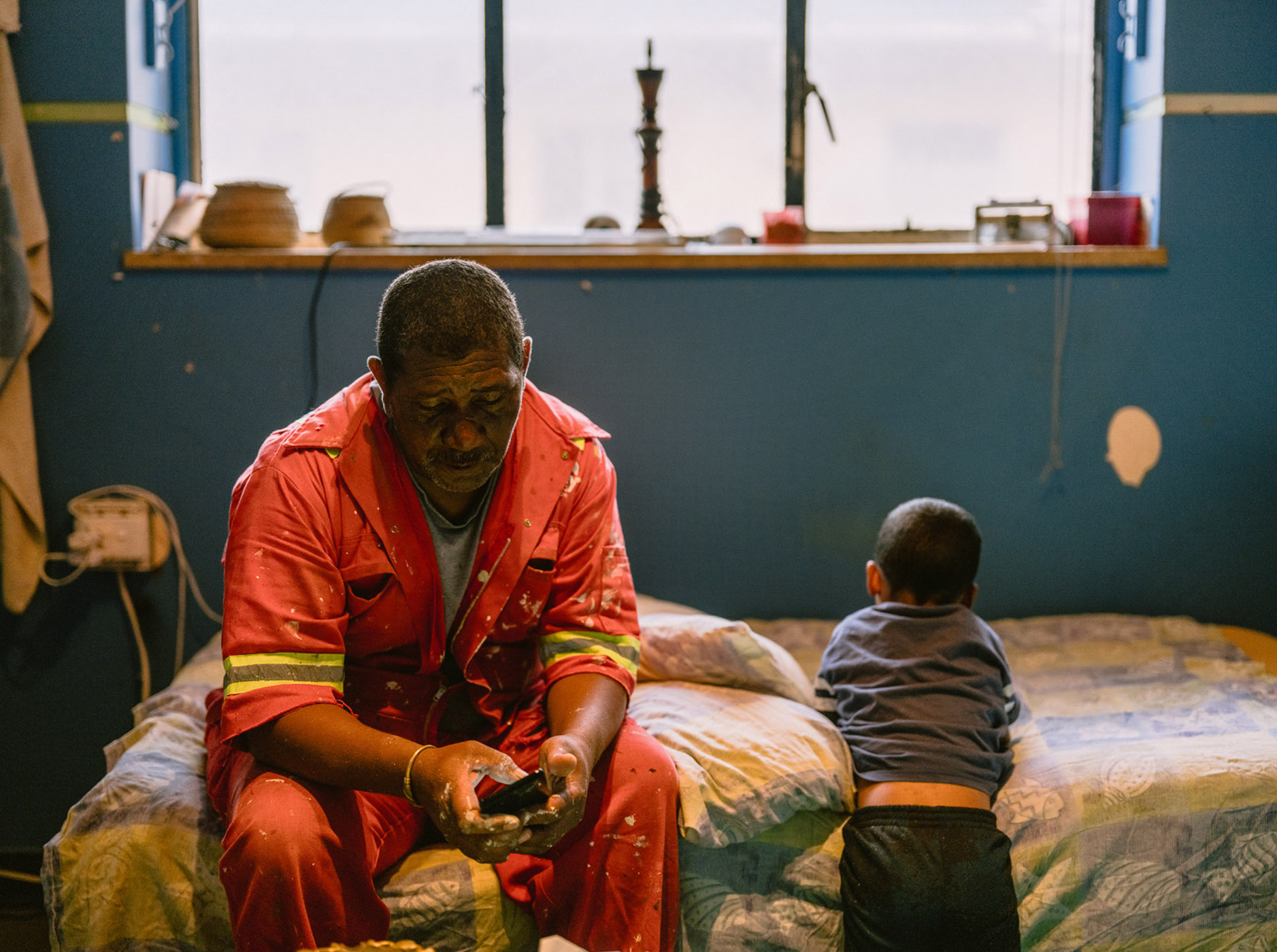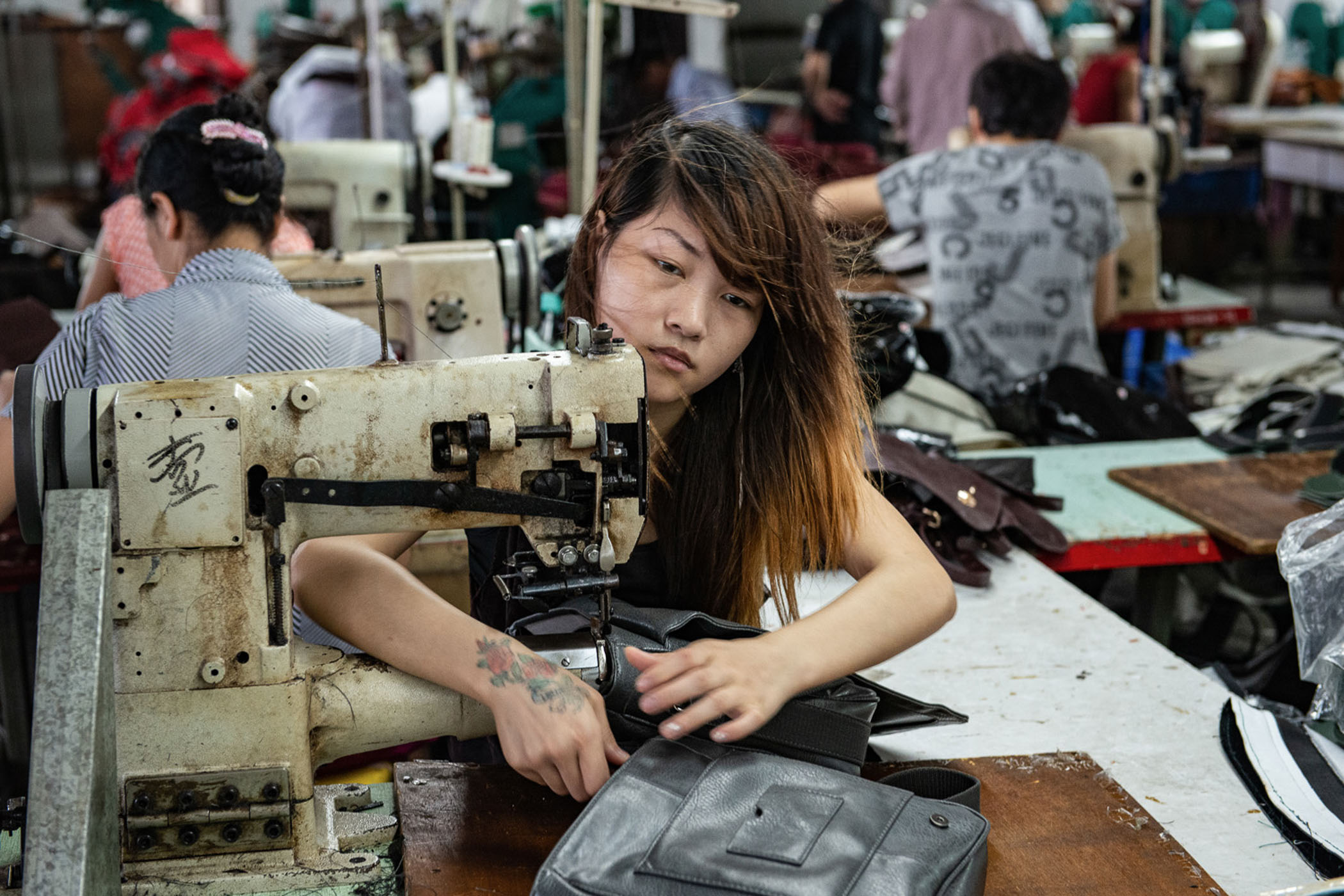The international jury for this year’s Leica Oskar Barnack Award (LOBA) has chosen the finalists for the 45th edition of this prestigious photography competition. 12 striking photographic images that create deep emotional impact are in contention to win.
The shortlisted images can now be viewed on the award website. Explanatory texts and more detailed information will be added in the coming weeks. The final shortlist was selected by this year’s LOBA jury:
- Jane Evelyn Atwood, Photographer and 1997 LOBA Winner (USA/France);
- Cyril Drouhet, Deputy Director of Photography at Le Figaro Magazine (France);
- Felix Hoffmann, Artistic Director at Foto Arsenal Vienna (Austria);
- Curt Holtz, Editor-in-Chief for Photography and Architecture at Prestel Publishing (Germany) and
- Karin Rehn-Kaufmann, Art Director and Chief Representative of Leica Galleries International (Austria).
Recognizing exceptional talent
Leica Camera AG has been recognising exceptional photographers by awarding the LOBA since 1980, and the jury has once again selected the shortlist, deciding from proposals submitted by over 120 photography experts across nearly 50 countries. Every nominator has selected up to three photo series based on their personal expertise and experience.
The Leica Oskar Barnack Newcomer Award is bestowed in collaboration with 20 international institutions and universities from 17 countries. The winners will be announced on October 9, and will receive the main and newcomer award at Leica’s headquarters in Wetzlar.
A part of Leica’s centennial celebrations
The awards ceremony will be accompanied by a celebration, forming part of the Leica anniversary year, when the history of Leica will be honoured under the theme of “100 Years of Leica: Witness to a Century”. The winner of the LOBA main category will be awarded €40,000 and Leica camera equipment worth €10,000, while the winner of the newcomer category will receive €10,000 and a Leica Q3.
After the award ceremonies on the October 9, all 2025 finalists will be included in an exhibition at the Ernst Leitz Museum, supported by WhiteWall, and a comprehensive accompanying catalogue. Following its appearance in Wetzlar, the 2025 LOBA exhibition will be displayed at various Leica Galleries around the world, as well as being featured at photography festivals.
An overview of the photo series featured on the 2025 LOBA shortlist (for the main and newcomer categories), in alphabetical order, is as follows:
Lynsey Addario: “Mom, I Want to Live”
A Young Girl Battles War and Cancer. American Lynsey Addario (born 1973) focuses her series on the fate of a Ukrainian girl, who was diagnosed with a rare form of eye cancer in 2020 at the age of two. The war prevented access to essential treatment for this typically curable condition, and her series tells a powerful story of a young girl and her family’s resilience in their unwavering struggle for survival amid the devastation of war.
Arlette Bashizi: Beyond Numbers
Through her personal project, Arlette Bashizi (born in 1999) documents the impact of conflict in her homeland, the Democratic Republic of Congo. Her images shed light on the devastating consequences of war between rebels and the army. Over six million Congolese people have been forced to flee their homes, and Bashizi captures the daily reality of her community in North Kivu, in eastern Congo, where the lasting effects of conflict have shaped life since 2021. Through her work, she brings recognition to individuals who would otherwise remain faceless within the vast numbers of statistics.
Alejandro Cegarra: The Two Walls
Mexico was once known as a safe haven for asylum seekers. Lately, however, Mexico has aligned more closely with US immigration measures, aiming to limit the onward movement of asylum seekers to the United States. In his black-and-white series, the Venezuelan Alejandro Cegarra (born in 1989), now based in Mexico, captures the struggles of individuals impacted by the harsh realities of life in the Mexican border region.
Serghei Duve: Bright Memory
The series explores imagery that embodies the sentiment captured by the Russian expression “bright memory”, reflecting everyday life shaped by nostalgia and division. Serghei Duve (born in 1999 in Moldova), now based in Germany, explores his family’s enduring connection to Transnistria — a territory that declared independence from Moldova in 1990, yet remains unrecognised internationally and supported solely by Russia.
Gideon Mendel: Deluge
The South African photographer (born in 1959) presents a deeply personal yet methodical approach to documenting the global climate crisis, illustrating how its impacts transcend boundaries of wealth, class, ethnicity, and geography. Since 2007, Mendel has photographed flooding in 13 countries around the world. His series juxtaposes direct portraits of individuals impacted by climate disasters with abstracted landscape imagery, forming a typology that encapsulates the effects of climate change.
Stanislav Ostrous: Civilians. The Gray Zone
The Ukrainian regions of Donetsk, Kherson, and Kharkiv continue to endure relentless shelling, resulting in many who had the means to escape fleeing their villages and towns, leaving behind only the poorest and the elderly. Shops are closed, and electricity is unreliable.
In this precarious grey zone, survival hinges on the dedication of volunteers. In his black-and-white series, the Ukrainian photographer (born in 1972) captures the stark reality of war, exposing the anguish of civilian victims caught in desperate circumstances.
Xiangjie Peng: The Rise of Queer Underground Party Culture in China
Since 2017, the Chinese photographer (born in 1961) has been capturing the experiences of the queer community across various cities in China. His portraits document spaces where individuals can freely express their identities within an open and accepting community.
Set against the backdrop of clubs, parties and competitions, this black-and-white series explores vibrant spaces for self-expression within the LGBTQ+ community — cultural sanctuaries that flourish despite official restrictions. As foreign influences gradually permeate the country, underground spaces for freedom of expression are expanding.
Ivor Prickett: War on the Nile – Fragmented Sudan
Away from the focus of global public attention, a brutal civil war has been raging in Sudan for over two years, displacing well over 11 million people and leading to the deaths of up to 150,000. Last year, the Irish photographer (born in 1983) succeeded in travelling to the war-torn country to document its devastation for The New York Times.
His photographs highlight one of the world’s most severe humanitarian crises. The harrowing images show the devastation unfolding in the country, portraying both the scale of tragedy and the desperate plight of refugees caught in the conflict.
Frederik Rüegger: I Am a Stranger in This Country
For two years, the German photographer (born in 1993) documented the lives of English and Irish Traveller communities, capturing their struggle to preserve their traditional way of life amid growing challenges. Exclusion and discrimination, further intensified by misinformation and hostility on social media — endanger the freedom of Traveller communities. The photographs capture scenes from horse markets — one of the few remaining spaces where Traveller communities can openly celebrate their culture.
Anastasia Taylor-Lind: 5km from the Frontline
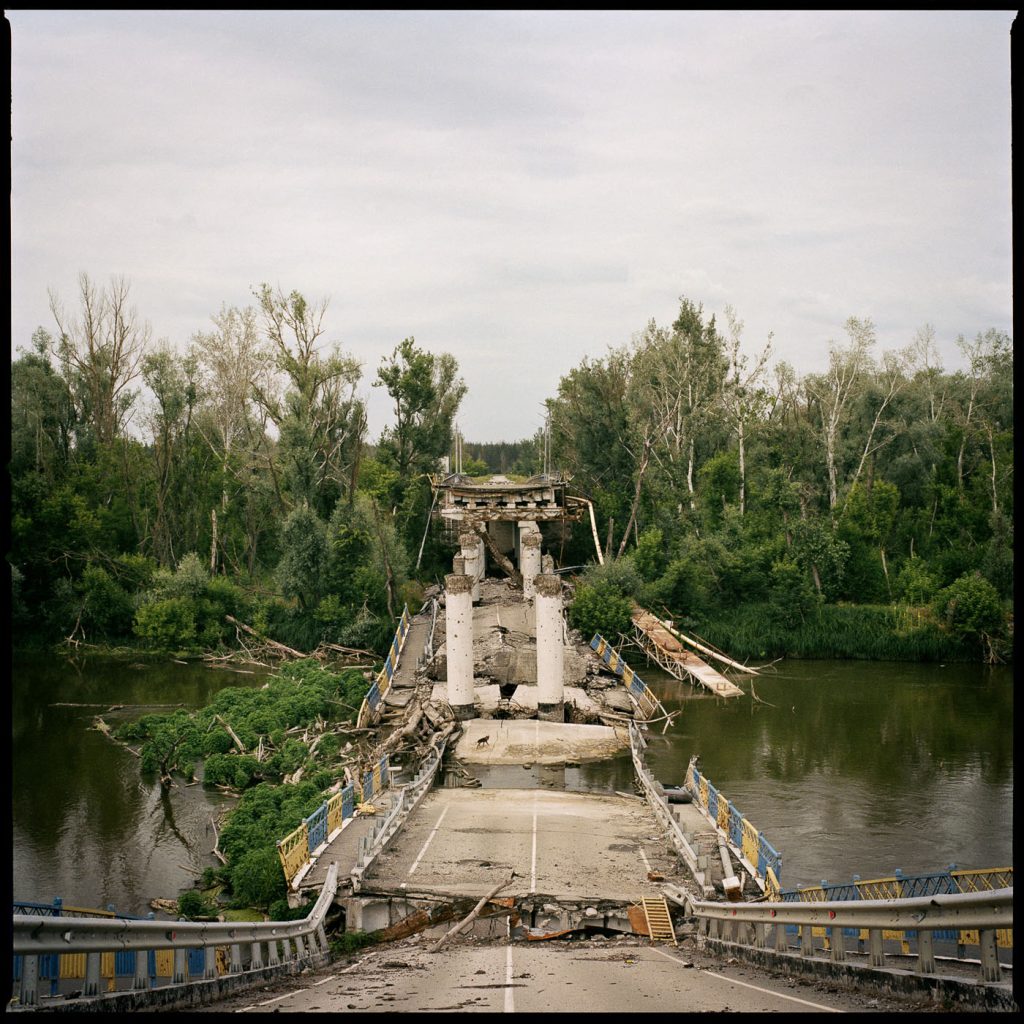
For the past ten years, the English photographer (born in 1981) has been documenting the war in Ukraine alongside journalist Alisa Sopova. She chronicles the lives of those affected by the war, with a particular focus on the Donbass region in eastern Ukraine, where the war started in 2014 and has remained especially violent and destructive ever since. This compelling long-term project seeks to convey, with raw immediacy, the daily reality of survival amid military violence and constant threat.
Jodi Windvogel: Life Under Occupation – Cissie Gool House
At the heart of the series by the South African photographer (born in 1992) is Cissie Gool House, a former hospital in Cape Town that was occupied in 2017 by Reclaim the City (RTC), a social movement advocating for affordable housing. It became a refuge for over 2,000 people, who formed a resilient community that resisted marginalising urban planning and enduring injustices rooted in apartheid – until their eviction last year.
Zhan Youbing: Migrant Workers in China’s Assembly Line
China’s 300 million migrant workers play a crucial role in sustaining the country’s economic growth. They leave rural areas, searching for employment in more economically developed regions. For three decades, Zhan Youbing (born in 1973) has documented the daily lives of migrant workers in Dongguan, a megacity where they make up over 70% of the population.
As both a colleague and a self-taught photographer, he has captured their relentless work routines and fleeting moments of leisure. The selected motifs were captured primarily over the past two years, though some date back 16 years.
Statements from the LOBA jury for 2025:
Karin Rehn-Kaufmann: “This year’s Leica Oskar Barnack Award jury reached a decision on the back of keen attention and a deep appreciation for photography’s social impact.”
Curt Holtz: “Our LOBA team was thoughtfully assembled, bringing together experts from every field of photography: book and magazine publishers, museum curators and a photographer, together with Karin Kaufmann and the Leica team. The meeting preparations were carried out efficiently and with professionalism. The setting at Leitz Park was, of course, exceptional.”
Felix Hoffmann: “In recent years, the LOBA has expanded its international reach, attracting entries from around the globe. It’s encouraging to see European perspectives represented, seamlessly integrated into a rich and diverse global landscape. The competition has become more relevant than ever, with a noticeable increase in cultural diversity and perspectives.”
Cyril Drouhet: “The LOBA serves as a significant gauge of global photographic trends and themes. It provides not only recognition but also a platform for talents that might otherwise remain less visible. The LOBA has established itself as a key reference in the international photography scene, embodying quality, diversity and social relevance.”
Jane Evelyn Atwood (LOBA winner in 1997): “The LOBA is a highly prestigious award, widely recognised for its excellence. For those fortunate and talented enough to receive it, it marks an exceptional achievement. Winning the LOBA brings recognition, elevating how people perceive and engage with your work.”
Discover more:
| Leica Oskar Barnack Award | LOBA 2024/The Nominators |
| Learn about the Leica Centennial | Leica Society International |
| The Leica Society (UK) | Leica Fellowship (UK) |
| Leica Cameras |
Make a donation to help with our running costs
Did you know that Macfilos is run by five photography enthusiasts based in the UK, USA and Europe? We cover all the substantial costs of running the site, and we do not carry advertising because it spoils readers’ enjoyment. Every amount, however small, will be appreciated, and we will write to acknowledge your generosity.


